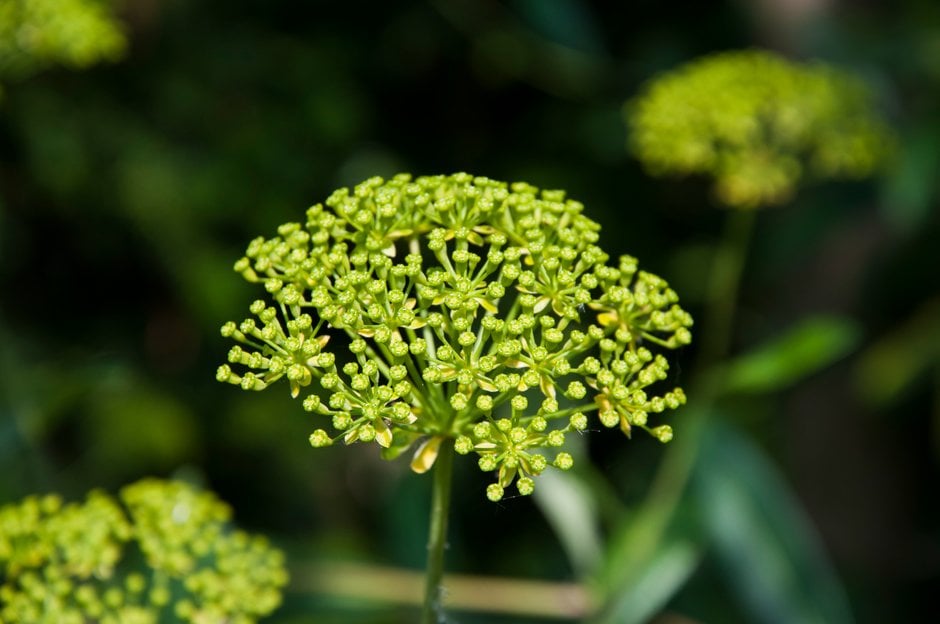Not the plant you're looking for? Search over 300,000 plants
Shrubs
Size
Ultimate height
1.5–2.5 metresTime to ultimate height
5–10 yearsUltimate spread
1.5–2.5 metresGrowing conditions
Chalk
Loam
Sand
Moisture
Well–drainedpH
Acid, Alkaline, NeutralColour & scent
| Stem | Flower | Foliage | Fruit | |
| Spring | Blue Green | |||
|---|---|---|---|---|
| Summer | Yellow | Blue Green | ||
| Autumn | Yellow | Blue Green | ||
| Winter | Blue Green |
Position
- Full sun
Aspect
South–facing or West–facing
Exposure
Sheltered Hardiness
H4Botanical details
- Family
- Apiaceae
- Native to GB / Ireland
- No
- Foliage
- Evergreen
- Habit
- Bushy
- Genus
Bupleurum may be annuals, perennials or evergreen shrubs; the leaves are simple, the tiny yellow or green flowers are borne in a cluster usually subtended by petal-like green to yellow bracts
- Name status
Correct
- Plant range
- S Europe, NW Africa, W Asia
How to grow
Cultivation
Grow in any well-drained soil in a warm sheltered site with full sun
Propagation
Propagate by seed in containers in a cold frame in spring; root semi-ripe cuttings in summer
Suggested planting locations and garden types
- City and courtyard gardens
- Coastal
- Cottage and informal garden
- Gravel garden
- Wildlife gardens
- Flower borders and beds
- Cut flowers
- Wall side borders
Pruning
Pruning group 9: tolerates hard pruning
Pests
Generally pest-free
Diseases
Generally disease-free
Get involved
The Royal Horticultural Society is the UK’s leading gardening charity. We aim to enrich everyone’s life through plants, and make the UK a greener and more beautiful place.
